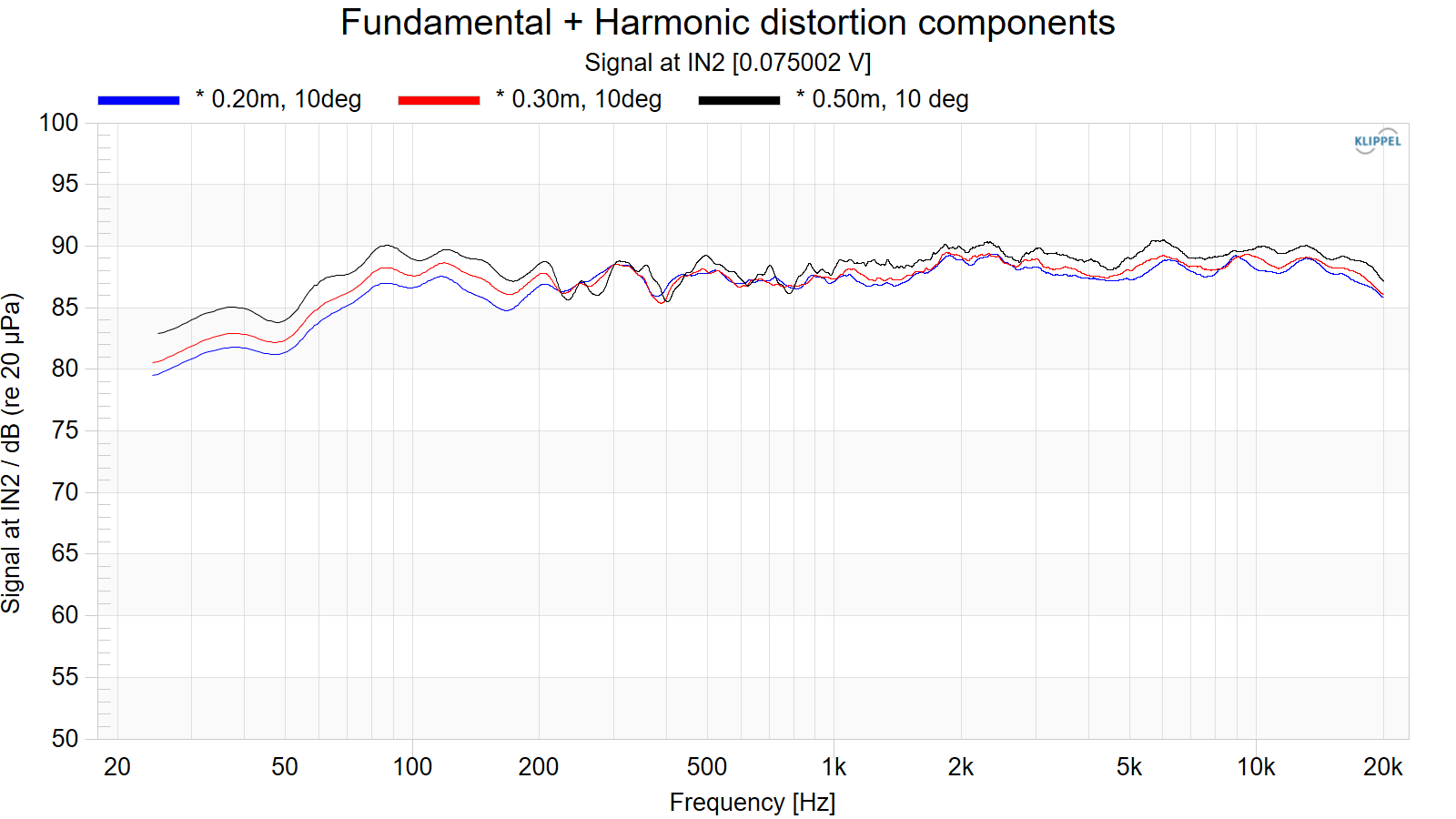I've set up a very transparent system: (Analog) U-Turn Orbit Theory/Ortofon 2m Bronze + Cambridge Audio Alva Duo | or | (Digital) Bluesound Node 2i / Audiolab 6000CDT -> Topping D70 -> Schiit Freya S -> Buckeye Purifi 1ET400A -> KEF R3 Meta + Emotiva SE12
I don't really think of treble, mids, and bass when listening to music. Not as discreet things, but more as blended parts of a whole.
That said, I don't hear anything shrill or feel a need for equalization. Brass instruments, strings, guitar, and even bright percussive notes all sound clear and natural. Vocals are amazing, especially solo female performances.
I've played nearly every type of music through this system: acoustic, folk, classical, rock, alt-rock, hip-hop, EDM/Techno/Electronic, country, jazz, you name it. I believe that all of it sounds just like it should. I've streamed, played CDs, and listened to a fair bit of vinyl through them as well. I would lay odds that I've listened to them for at least 100 hours since setting them up. These speakers seem to handle everything I've thrown at them quite well and I'm genuinely pleased with them.
I differ in opinion with Erin, as I don't find the highs to be in need of adjustment. The room this system occupies is large-ish. The ceiling is quite high (12 ft.) and slopes upward away from the system, the speakers are not near any corners/walls, and there is plenty of natural damping materials on walls and a rug on the floor.
I have been experimenting with Erin's 10 degree toe-out suggestion. (He's a big fan of this technique, you'll see that suggestion made in a number of his speaker reviews) I haven't noticed an appreciable impact on highs, but what I do feel subjectively that it may have improved is the width of the "holy audiophile soundstage." The center image seems to be better detectable from more than just my favorite sweet-spot.
However, YMMV...
Cheers!
